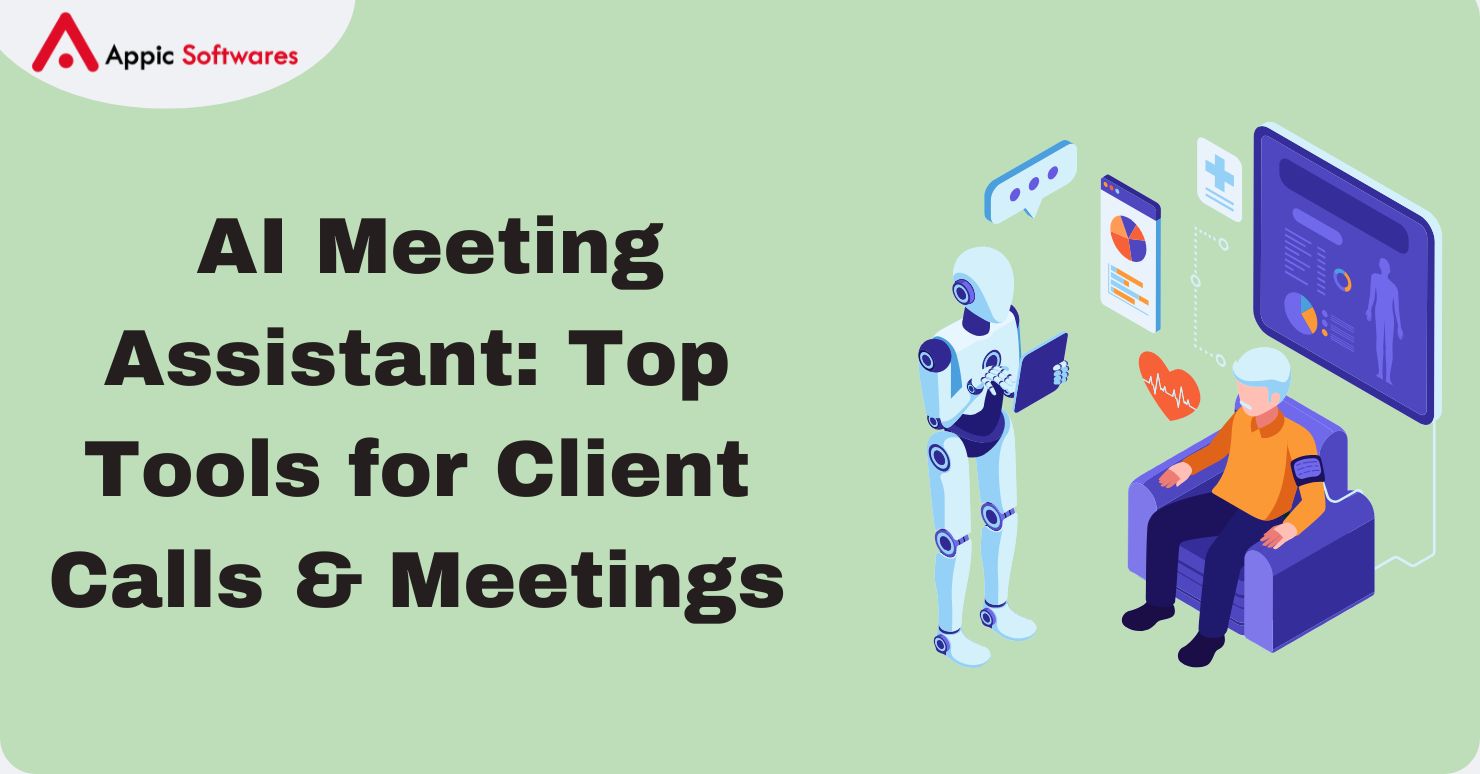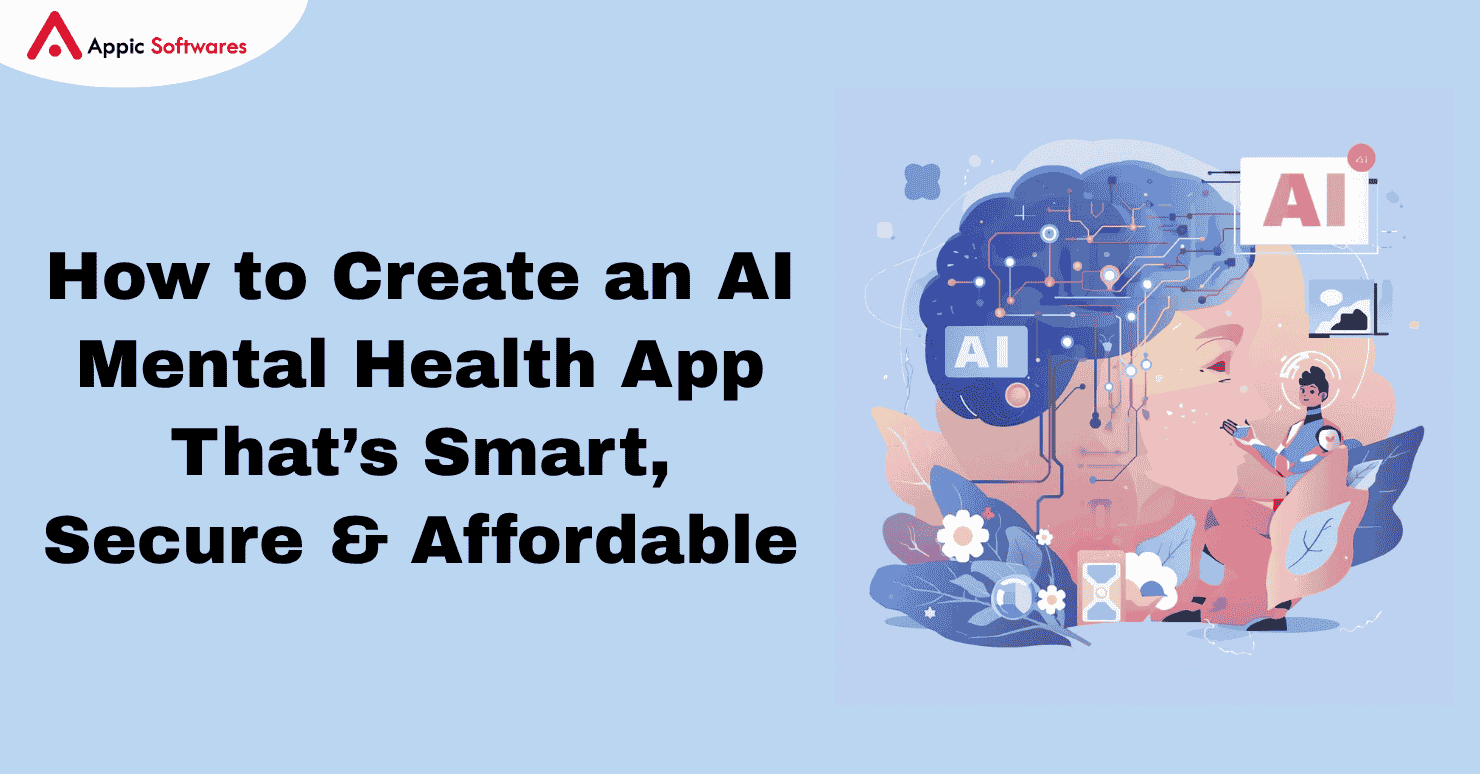
Advanced chatbots like ChatGPT can now handle up to 80% of common customer support queries, eliminating the need for human intervention. These AI-powered tools are not only fast and accurate but also scalable, making them a game-changer for businesses looking to streamline operations and enhance user experience.
Thinking of integrating ChatGPT into your business or project? You’re in the right place.
This step-by-step guide is designed for developers, product managers, and team leads alike. Whether you’re launching a new app or upgrading your internal tools, we’ll walk you through the 7 key stages, from planning and data preparation to testing and going live, so you can confidently implement ChatGPT the smart way.
Let’s get started!
Benefits of Chatgpt implementation
Adding Chatgpt implementation to your site can help your team and your users. Here are the key benefits you can get.
-
Better customer support
Chat GPT implementation can improve your customer support by handling common queries fast. When a user asks about order status or product details, your chat tool can reply with clear information. It uses simple logic or prewritten text. Your staff can then focus on more serious issues. This reduces hold time and cuts frustration. And it makes each user feel heard. The tool can guide users to self‑service pages or send them links.
It can also collect feedback on service quality. Best of all, you can keep your team free for tasks that need human care. With the Chat GPT implementation, your support team can work on complex tickets. It helps your team stay calm and work on big issues. It can be live in minutes. You can track chats and improve replies as you go. It brings gains in service quality over time. Customers feel seen every time they chat.
-
Faster Response Time
Chat GPT implementation lets you reply to users in seconds. It runs 24/7. When a user asks a question, the tool checks your data and sends a reply quickly. It uses simple logic or templates. Then users get the info they need right away. This cuts down wait time. It can free your team from repeating the same answers. They can focus on questions that need human thought. Also, you can set rules to route hard questions to an agent.
The tool can also log each chat, so you can see common topics. And you can tweak replies or add new data. With faster response time, users feel heard. They stick around and trust your service more. You can measure reply speed in your analytics. If you see long wait times, you can add more data or refine prompts. Overall, Chatgpt implementation gives quick feedback and smooth chat flow daily.
-
Cost Savings With Chatgpt Implementation.
Chat GPT implementation can cut your support costs by handling many chats without extra staff. You can set it up to manage FAQS and simple tasks. Then your team can work on issues that need human care. You avoid hiring more agents as your chat volume grows. This lowers your budget for salaries and benefits. Also, you spend less on training new hires. Once set up, your tool scales with demand. It can handle more chats at no extra cost.
And you can set usage caps to avoid surprise bills. You can also track chat numbers and spending in your dashboard. In time, your Chatgpt implementation can pay for itself. It frees budget for new projects or upgrades. This cost saving makes AI implementation in business more tempting. It helps you plan a budget with fewer unknowns. And you build a system that grows with your business needs.
-
Easy Integration
Chat GPT implementation can fit into your site or app. Most providers offer code samples you can copy. You can plug in the API key and link to your own data. Then your chat tool can pull real answers from your database. You keep full control of the layout. You can place the chat box where you want. The tool also works on mobile devices. You can add it to Android or iOS apps.
Many companies implementing AI use sandbox modes to check each update. You can build a staging site to test changes. This simple setup speeds up development. You can deploy in hours, not weeks. You can also link the chat to your CRM or help desk. With easy integration, you can connect the tool to your existing systems. Then you keep all your customer data in one secure place.
-
Round-The-Clock Help
Chat GPT implementation lets you get help at any hour. Your chat tool runs seamlessly. Users do not wait for your office hours. They can ask questions at any time, including midnight or weekends. The tool can answer common queries or point users to helpful pages. This keeps users engaged no matter the time. It also cuts chat backlogs in the morning. Your staff can start the day with fewer chats waiting. And your users feel fully supported. You can set business rules to tag each offline chat. Then agents can follow up when needed. You can also set reminders to check the tool’s performance.
By tracking chat volume and reply quality, you can spot issues. You can also update data quickly when you see new questions. Many companies implementing AI use this perk to boost site visits. With 24/7 chat, you can build trust and show users you are always there.
Step-by-Step Guide For Chat GPT Implementation
Follow these seven steps in order. Each step is straightforward. Use this plan to set up your chat tool right.
Step 1: Identify Your Needs
First, list the tasks you want your tool to do. Write down common questions, actions, or tips. Then group them by topic. For example, billing, tech help, or product info. This step sets the path for your Chatgpt implementation. It stops you from adding extra work later.
Step 2: Choose A Plan
Next, look at the cost and features. Many providers offer free trials or pay-as-you-go. Pick a plan that fits your traffic. Check limits on messages or data use. Balance your budget and your needs. A clear budget helps you avoid surprise bills. This step covers basic AI implementation costs and limits. If your project requires advanced features or custom solutions, you might consider consulting an AI development company to help you choose the right plan and optimize your implementation.
Step 3: Set Goals For Chatgpt Implementation
Then, set clear goals. Ask, “How many chats do we expect?” or “How fast should replies be?” Write metrics like chat volume and response time. This helps you track success. It also guides your tests and tweaks.
Step 4: Prepare Your Data
After that, gather your text or documents. This can include FAQS, manuals, or code snippets. Clean the text by fixing typos and breaking it into chunks. Precise data makes the tool work well. And makes the Chatgpt implementation more accurate. Preparing your data is a critical step in the AI software development process, as it directly impacts the performance and reliability of your ChatGPT implementation.
Step 5: Integrate With Code
Now, connect the tool to your site or app. Use the provider’s code samples. You will need an API key. Keep this key safe. Add it to your code in a secure way. Many websites use environment files or secret managers for this. Good practices help avoid leaks. For businesses looking to create a highly customized chat experience, working with an AI agent development company can provide the expertise needed to integrate ChatGPT seamlessly with your existing systems.
Step 6: Test And Refine
Once you have a working chat, test every path. Enter real questions and odd phrasings. Ask team members to try it out. Note errors or odd replies. Then fix or add data. Repeat tests until replies ring true. Testing is key to a solid Chatgpt implementation.
Step 7: Launch And Monitor
Finally, turn on the chat for all users. Watch usage stats and errors. Use analytics to see chat volume, drop rates, and feedback. Then tweak prompts or data as needed. Monitoring keeps your tool sharp and on target.
What Precautions Should Be Taken While Implementing ChatGPT?

A good plan also checks for risk. Here are the key precautions for a safe Chatgpt implementation.
Check Data Privacy In The Chatgpt Implementation
Make sure you don’t share private information. Users may ask about orders or accounts. Do not send sensitive data to the chat service. Mask user IDS or use tokens instead. Always read the provider’s rules on data storage. This keeps you in line with privacy laws.
Monitor For Errors
Even the best tool can reply incorrectly. Watch logs for odd answers. Add tags so you can track bad replies. Then rerun tests when you update the data. This step cuts risk and keeps trust high.
Train Your Team
Teach your staff how to use and fix the chat tool. Show them how to add new data. And how to spot wrong answers. A trained team can keep the tool fresh and safe. It also speeds response to new issues.
Set Usage Limits
You can cap the number of messages per user or per day. This stops abuse or runaway costs. You also guard against spam or bots. By setting limits, you save costs and protect your service.
Plan For Updates
Your info will change with time. Prices go up. Features evolve. Add a schedule to review your data and code. Then update the FAQS, manuals, and logic. A fresh tool stays useful and avoids errors.
Conclusion
Implementing Chatgpt in your site can feel big at first. But this clear plan makes it simple. You see benefits like saved money, faster answers, and 24/7 help. You follow seven easy steps and take key precautions. After launch, you keep the tool sharp with tests and updates.
Ready to boost your customer experience, reduce costs, and work smarter with AI?
Implement ChatGPT today and give your business a powerful edge. Whether you’re a startup or a scaling enterprise, ChatGPT can transform your operations in just a few clicks.
Need help setting it up? Connect with us and our expert team at Appic Softwares – your trusted partner in AI chatbot development.
Let’s build smarter conversations together!
FAQs
1. What is Chatgpt implementation?
Chat GPT implementation means adding an innovative chat tool, powered by GPT, to your site or app. You link your code to an AI service. Then you set up prompts and feed in your data. The tool can answer user questions, log chats, and guide users to help pages. It runs on the provider’s servers, so you don’t host it yourself. You can use it for FAQS, simple tasks, or basic workflows. And you can track chat logs to improve replies over time. In short, Chatgpt implementation brings a virtual chat agent to your project.
2. How long does the Chatgpt implementation take?
The time can range from a few hours to a week. If you have your FAQS or data ready, you can test a basic chat in a few hours. For more complex flows, you’ll spend time gathering and cleaning data first. Then you integrate the API key, set your code, and test all paths. Plan at least one day for tests and fixes. If you need to train your team or link other systems, allow extra time. In most cases, you can launch within one business week.
3. What does the Chatgpt implementation cost?
The cost of implementing artificial intelligence varies by usage, many services charge per message or per token. You can start on a free tier or trial. Then you pay as you go. You may also pay for extra features like data storage or fine‑tuning. To avoid surprise bills, set usage caps and monitor your dashboard. For small chat volumes, you might pay under $50 per month. For higher traffic, costs could reach a few hundred dollars. In most cases, Chatgpt implementation saves more than it costs by cutting support hours. When considering the overall AI app development cost, implementing ChatGPT can be a cost-effective solution, especially when compared to building a custom AI model from scratch.
4. What skills do I need for Chatgpt implementation?
You need basic coding know‑how. You should know how to call an API and store keys securely. Familiarity with JavaScript, Python, or your platform’s language helps. You don’t need deep AI expertise. Many code samples and guides exist. If you work with a team, involve a developer and a support lead. They can split tasks and keep the process smooth.
5. Can I link my own data to Chatgpt?
Yes. You can feed your own documents, such as FAQS, guides, or product specs, for the tool to use. First, clean and split your text into small chunks. Then upload it to your chat service or a vector database. In your code, search for that data before you call the AI. The chat then combines your data with AI text. This gives users accurate, up‑to‑date answers. It also cuts down on off‑topic replies.
6. How do I keep user data safe with Chatgpt implementation?
You must follow privacy rules. First, mask or hash the user ID before sending it. Second, review the service’s data‑retention policy and disable logging if needed. Third, use HTTPS to encrypt chats in transit. Fourth, store your API keys in a secret manager and rotate them regularly. Finally, train your team on data handling best practices. By doing this, you protect user data and meet compliance standards.








